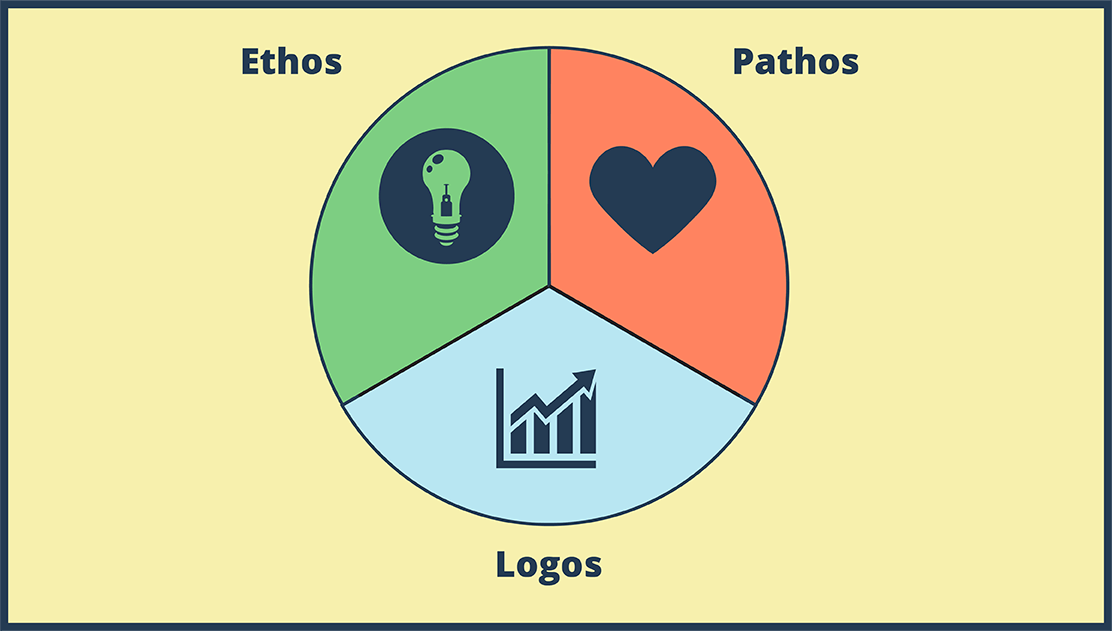How to Use a Protractor

Puedes encontrar este storyboard en los siguientes artículos y recursos:

Diagrama un Proceso
Planes de Lecciones por Anna Warfield
Las instrucciones y los procesos se entienden mucho más fácilmente cuando se acompañan de imágenes. Cuando hacemos un guión gráfico de un proceso o creamos un diagrama secuencial, podemos centrarnos en pasos discretos, causa y efecto, y secuencia.

Usando Storyboard That en tu Clase de Matemáticas
Ayudas Visuales Para el Aula Moderna
Storyboard That facilita la incorporación del aprendizaje visual en su clase de matemáticas y hace que el contenido se adapte a sus alumnos. Las plantillas fácilmente personalizables le permiten asegurarse de que las hojas de trabajo que les da a los estudiantes se ajustan a ellos donde están y desafían los conceptos que todavía están tratando de dominar.
'
¡Vea algunos de nuestros otros artículos educativos!
Storyboard Descripción
How to Use a protractor graphic organizer - diagram a process
Texto del Guión Gráfico
- Maybe I can help.
- GAH! Math is so stupid! It doesn't make any sense!
- This protractor thing is impossible!
- I will show you how to use it. Well, step 1...
-
- Make sure the protractor is not backwards! It makes life so much easier if you can read the numbers.
- Before we measure, tell me if this is an acute, right, or obtuse angle.
- It IS acute, so that means it measures less than 90 degrees. We already know the answer is between 0 and 90 degrees!
- The line doesn't reach the numbers!
- Acute?
- There are two parts of the protractor to help you get the angle in the right place: 1) an upside-down T at the bottom middle 2) the base line (0 degrees or 180 degrees)
- We want to place the protractor on top of the angle so the middle of the T is at the vertex.
- Acute angle! 40 degrees! Take that MATH!
- Rotate the protractor so the vertex of the angle is still at the T, but one leg of the angle is lined up with the 0 degree line.
- That's OK. Don't you remember that definition about angles? Two RAYS with the same endpoint? Rays go on forever, so we can just extend the legs of the angle.
- The legs of the angle are extended, so we just need to read the numbers. Our options are 140 degrees or 40 degrees. Which is it?
Más de 30 millones de guiones gráficos creados




